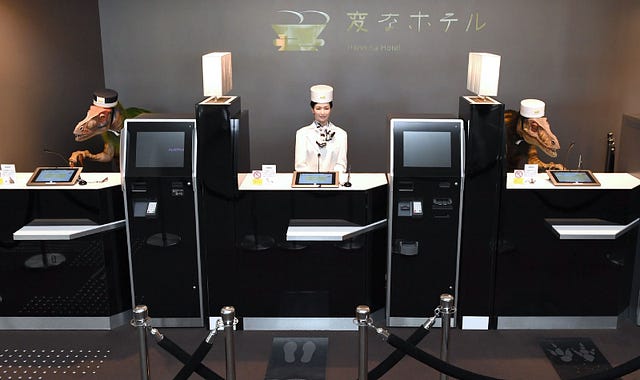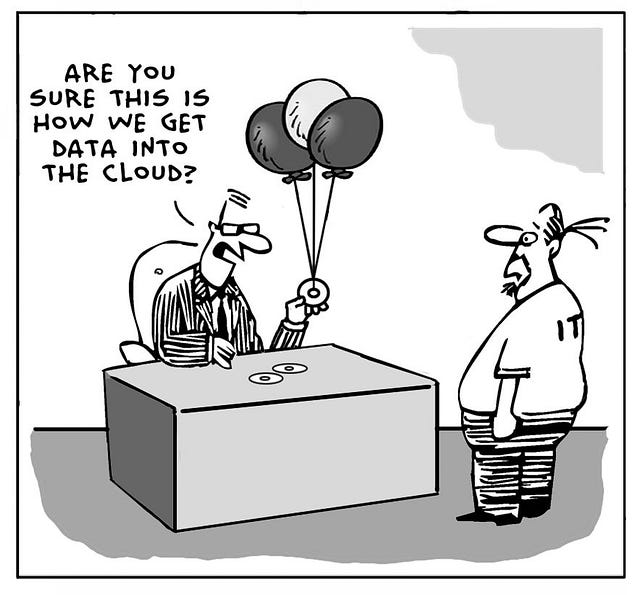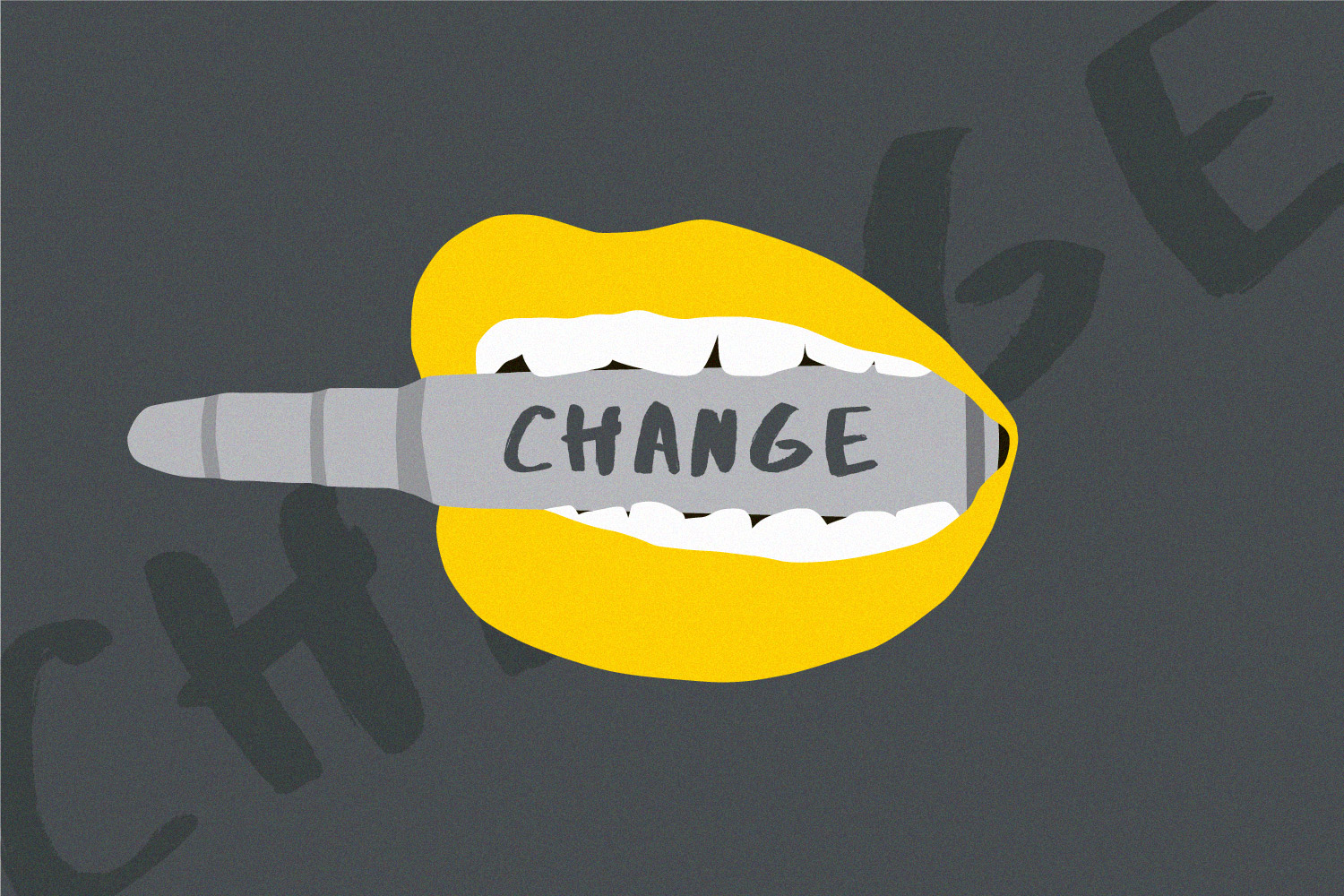Adapt Your Business With Agile Development Practices
In the age of digital transformation, things change quickly. New technologies and new competition pop up at breakneck speeds. When you’re running a business, this means that adapting to change is more important than ever.
I lead the business development team here at Mooncascade. The one thing I’ve learned from my time in the field is that achieving business impact today means keeping an eye on disruption. Look out for impact factors and jump on impact drivers early. Focus on agile development practices, stay up to date on market trends, and remember that innovation isn’t just a one-time solution for success: change has to be a guiding principle for planning and executing all of your ideas.
With this in mind, here are three trends that are likely to have a major effect on the way business is done in the near future. Face them head on with agile development practices and you’ll make it through the next wave of change. Avoid them and you just might get your business knocked out of the ring.
Want to make an impact? Use design thinking & agile development practices
In addition to working at Mooncascade, I run a program at the University of Tartu called GameChangers, an interdisciplinary design thinking course with an emphasis on workshopping. Design thinking is widely used in digital product development these days to model, test, and evaluate ideas without having to launch full-scale versions of them. If this is the first time you’re hearing about it, listen up!
A great example of applied design thinking is the Google Ventures program, which prototypes ideas for venture capital investments through research and design sprints.
Although these types of sprints lack the real world data gathered through product launches, they have the benefit of answering many of the toughest questions businesses come across when building a product at a fraction of the cost, and time, you’d spend in full-scale deployment.
It isn’t surprising that a company like Google swears by design thinking and agile development practices: they bring excellent results. Ask any major player how they build products and you’re sure to hear about them, with giants like Apple and unicorns like Taxify or AirBnB citing them as go-to tools for developing their UX. In an age where user preferences are constantly shifting, turning a blind eye to design thinking, or failing to apply agile development practices might just land your product in the Museum of Failure.

In fact, design thinking and service design have become so mainstream that even government branches here in Estonia use them, in things like road administration projects and country-wide digital hackathons. The Estonian government’s official gateway, eesti.ee, has even hired its first dedicated product designer. The whole world is thinking in terms of customer research, agile development practices and short sprints to improve their services — if you’re not doing this too, now’s your absolute last chance to get started.
Automatization will deeply impact the sharing economy

Another change that’s going to have a deep impact on business is automatization. A recent McKinsey report quotes 50% of work activities worldwide as technically automatable. So consider this: several major industries have already been revolutionized by sharing economy models. In the hotel industry, AirBnB has made it possible for anyone to rent out their home. In food service, Deliveroo or Wolt have made it possible for anyone to deliver food. In transportation, Uber and Taxify have provided inexpensive alternatives to traditional car services. In all three cases, a new business model has improved user experience and cut costs by creating a more efficient entity to connect customers with a product.
However, you still have to hire someone to make these services efficient and profitable: a homeowner, a delivery person, or a driver. The next step here will likely be optimizing out the human who enables the service.
Automatic hotels already exist in Japan, where the Henn-na Hotel, for example, is entirely staffed by robots. Though this may feel like a novelty, replacing staff with automatic processes is becoming common in food service. Virtual restaurants, where food is delivered through third-party services like Uber, have been popping up across the U.S. for a while now.
There are even restaurants in San Francisco where machines make the food, like Café X or Creator. And with the rise of self-driving cars, it’s likely that Uber drivers, who were the object of protests from taxi drivers a few years back, will one day find themselves protesting against the automatization of their own jobs. As will the chefs who currently work at virtual restaurants.

This point is important for small business owners. Before long, the main difference between your business and a fully automated competitor’s will be the quality of experience that can be provided above and beyond what a machine is capable of. In Estonia, there are two words for experience: kogemus, which refers to a neutral form of experience, and elamus, which refers to a powerful, elating, and unforgettable experience. Finding a specific niche where you can provide a user experience so extraordinary that it becomes elamus is sure to be one of the keys to success in the years to come.
Data science will have a major impact on product development

The final point I’d like to mention is data science, or machine learning, as a business impact driver. There are programming languages and tools focused on certain problem domains or business domains, and alongside agile development practices, machine learning is one that’s currently garnering big hype. It seems like data science companies have been popping up everywhere recently, proposing magical solutions to business problems of all kinds.
This is because machine learning still requires a high level of technical skill to be used properly. At the moment, you need to have a PhD to be able to manage data at the level required for business applications.
But the more tools like these develop, and the more their applications grow, the more people will have access to them. As with every major technological change – again, see the adoption of agile development practices as an example – it’s only a matter of time before data science becomes a commodity expertise like any other. I imagine that within two years, everyone at Mooncascade will have the skill set required for working on machine learning projects.
The takeaway here for businesses working in data science is that it’s important to start investing in product development as well as agile development practices and everything else we’ve talked about today. Machine learning doesn’t exist in isolation, and for its results to shine, it has to be packaged in a high quality UX. On the other hand, if you’re a business focused on product development, start building your data science competencies. As with design thinking and automatization, data science will soon be a norm, and avoiding it, like any other major change, will only come back to haunt you in the long run.
Mooncascade
If you’d like to learn more about your company’s potential for growth, and have a look at your business case through a fresh pair of eyes, Mooncascade is here to help. As practicing design thinking, focusing on user experience, applying agile development practices and integrating data science to product development are at the core of what we do, we don’t just watch change from the sidelines, we help make it happen. And we’d love to join forces with you along the way.

